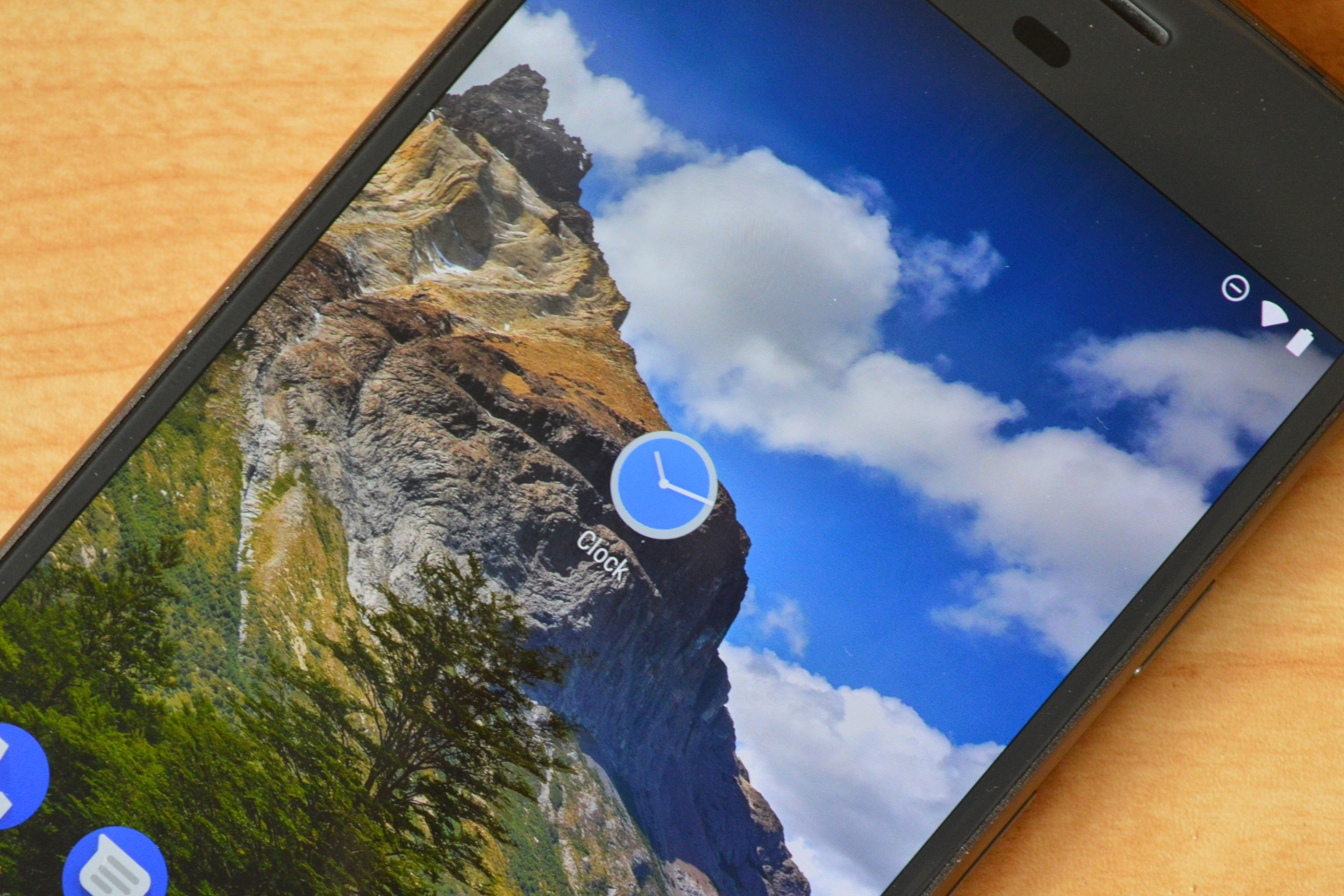
Waking up can be a real pain in the butt, however, Google is making it a little easier with the Google Clock app. Now, the Clock app supports Spotify, meaning you can wake up to your favorite tunes.
An update to the Clock app is rolling out this week and essentially adds a Spotify tab to the alarm sound options in the Clock app. Unsurprisingly, Spotify won’t be the only music streaming service to support the new feature — while it is strange YouTube Music integration isn’t there by default, Google has promised in some reports that it will be coming soon.
Interested in choosing a song from your music library for use with the Google Clock app? Follow the steps below to enable the feature.
- Make sure you have Spotify on your Android phone running Android 5.0 Lollipop or later. Also, check to make sure you have the latest version of the Clock app.
- Under your alarm, press the ringer button to choose a sound.
- Tap on the Spotify tab.
- Choose a song from your Spotify library. The first time, you may need to log in to your Spotify account in the Clock app.
Thankfully, the new feature is available to both Free an Premium Spotify subscribers, so if you don’t want to you won’t have to shell out any cash to choose your wake-up music. The app will also give users the option to keep listening to their music after turning off the alarm.
It’s certainly a welcome new feature. Other alarm apps, and the Clock app on Apple’s iPhone, have allowed users to choose their favorite music to wake up to for some time now. Google is a little late to the game in that respect — though it’s always better late than never.
If you don’t see the new feature yet, don’t worry — it’s rolling out globally this week, so it may take a few days to get to you. Eventually, it will be available to all Android devices running Android 5.0 Lollipop or later, so as long as you have a relatively recent phone, you should be able to make use of the new feature.


